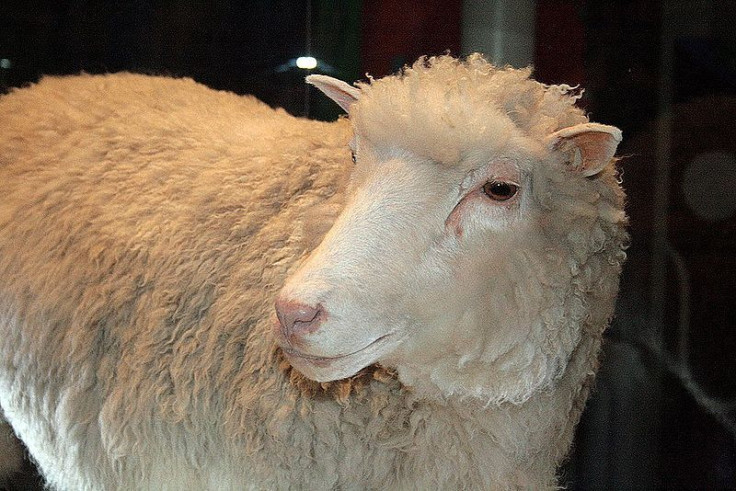Dolly Revisited: New Cloning Method Makes Human Embryonic Stem Cells [VIDEO]

If you were around in the late 90s, you more than likely remember the headline:
"SCIENTIST REPORTS FIRST CLONING EVER OF ADULT MAMMAL"
Although Dolly quickly became the world's most famous sheep, most headlines, including the one above from the New York Times, inaccurately depicted her as the first cloned member of our warm-blooded class. Other mammals, such as mice and cows, had been previously copied.
But Dolly's case was indeed special because she was the first clone to be created using an adult cell rather than an embryo, via a process called somatic cell nuclear transfer (SCNT).
Despite decades of repeated attempts, scientists have failed to do the same with human cells, until today, when a new report in Cell claimed to have accomplished the feat.
SCNT removes the nucleus from an adult cell - e.g., skin, heart, brain - and deposits it into a fresh egg (or oocyte), which creates an embryo that is almost an identical genetic match to the donor.
Stem cells from SCNT embryos could be revolutionary for transplantation medicine because they have the capacity to become any cell in a donor's body and are way less likely to be rejected by the donor. In theory, they could be used to repair cells in heart disease, Parkinson's, or spinal injuries.
"Our finding offers new ways of generating stem cells for patients with dysfunctional or damaged tissues and organs," said senior study author Dr. Shoukhrat Mitalipov from Oregon Health & Science University. "Such stem cells can regenerate and replace those damaged cells and tissues and alleviate diseases that affect millions of people."
Previous attempts petered out after three days and failed to progress past the eight-cell stage of embryo development. About five days are needed to obtain human embryonic stem cells (hESCs) for clinical purposes.
The researchers reasoned the SCNT process was removing critical factors from the egg that were needed to reach this stage.
The key to their discovery was identifying the ideal conditions, which they first tested with cells from Rhesus monkeys before trying the techniques with human cells.
Their early attempts with human cells were successful, but produced low quality hESCs. Adding caffeine into the mix, which they had tried in a previous study of monkey oocytes, significantly improved hESC yields and reproducibility.
Sometimes this level of genetic manipulation can lead to chromosome abnormalities, but none of the derived hESCs had these defects and could be turned into specialized cells, like a contracting heart cell (see video).
Video Credit: "Cell, Tachibana et al. 2013
Source: Tachibana M, et al. Human Embryonic Stem Cells Derived by Somatic Cell Nuclear Transfer. Cell. 2013
Published by Medicaldaily.com



























